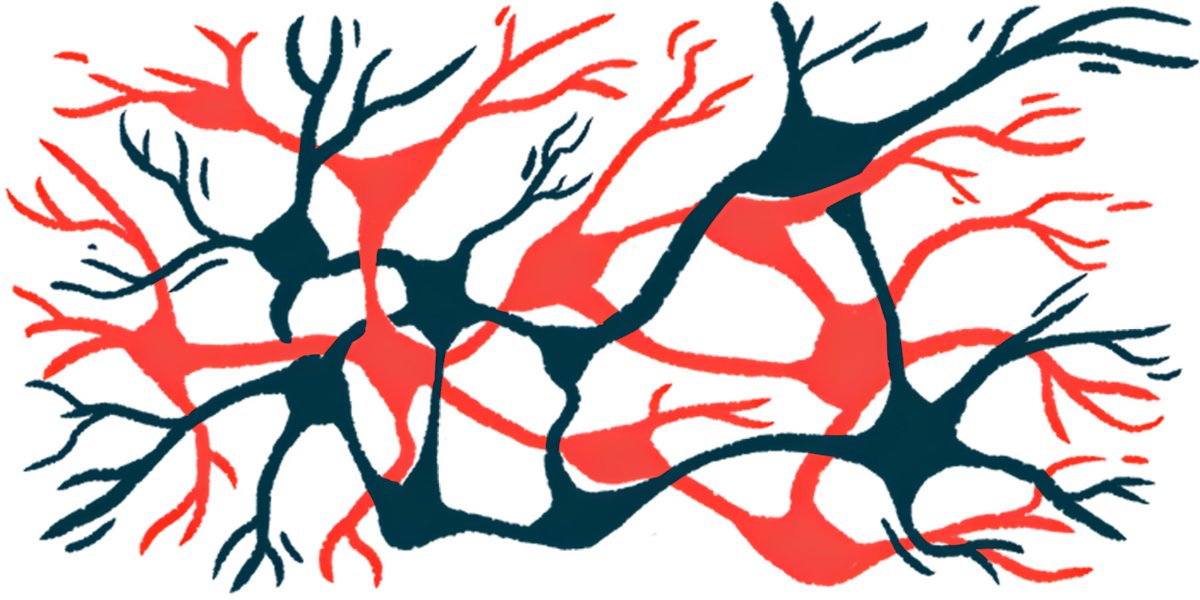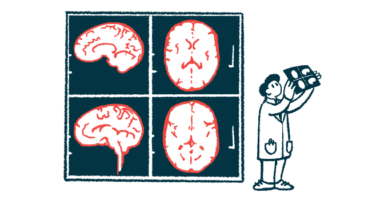Effort will automate ANPD001 cell therapy production for Parkinson’s
Aspen Neuroscience to integrate Mytos' iDEM technology at new facility

Mytos and Aspen Neuroscience are teaming up to automate the manufacture of autologous dopaminergic neuronal precursor cells (DNPCs) for ANPD001, Aspen’s experimental cell therapy program for Parkinson’s disease.
As part of the agreement, Aspen will integrate Mytos’ iDEM automated cell culture technology into its new manufacturing facility in Torrey Pines, California. Automating the cell production process is expected to increase its efficiency and scalability to support the growing demand for cell therapies.
“We’re thrilled to collaborate with Aspen Neuroscience to advance the scalable manufacturing of personalized cell therapies for Parkinson’s disease,” Ali Afshar, PhD, Mytos’ CEO and co-founder, said in a press release. “By integrating Mytos’ iDEM technology, Aspen can accelerate the scale-up of its ANPD001 investigational therapy, bringing it to more patients.”
Parkinson’s is caused by the dysfunction and death of dopaminergic neurons, the nerve cells that produce dopamine, a brain chemical messenger involved in motor control. The loss of these cells results in dopamine being depleted, leading to the disease’s symptoms.
Benefits of automated iDEM technology
ANPD001 is intended to replace the lost dopaminergic neurons, using induced pluripotent stem cells, or iPSCs, that can generate nearly any type of cell in the body, including neurons.
Manufacturing the cell therapy is a three-step process. First, skin cells are collected from a patient and reprogrammed into iPSCs, which are then provided with biochemical cues to guide their differentiation into DNPCs that will mature into dopaminergic neurons when transplanted back into patients via surgical implantation in certain brain regions. The procedure is known as autologous because it uses a patient’s own cells, which offers the possibility of cells bing restored without needing immunosuppressive medications to reduce the risk of transplanted cells being rejected.
The process is often complex and requires intensive labor, however.
The automated iDEM technology allows for the production of several human cell types by combining cell handling and mechanical control with advanced imaging, according to Mytos. This will enable hands-off cell production with several batches being produced at the same time.
It also reduces the need for extensive hiring, training, and facility expansion as the demand for cell therapies grows. The agreement comes with the chance of considerable payments to Mytos over the years, although the values weren’t disclosed.
“[Mytos] instrumentation and software platform technology have the potential to close and automate an important step of our process, and thereby significantly reduce labor and increase production capacity,” said Thorsten Gorba, PhD, Aspen’s vice president of process development. ”We are confident that, alongside our bioinformatics and enabling technologies, the integration of the Mytos iDEM platform will streamline and elevate the automation of patient-specific [DNPCs] production.”
ANPD001’s safety and tolerability are being tested in the Phase 1/2 ASPIRO trial (NCT06344026) in up to nine people with moderate to severe Parkinson’s, ages 50-70, at five U.S. sites. The trial, which started dosing patients last year, will also assess cell survival for up to five years after the transplant and the therapy’s effect on disease symptoms.







